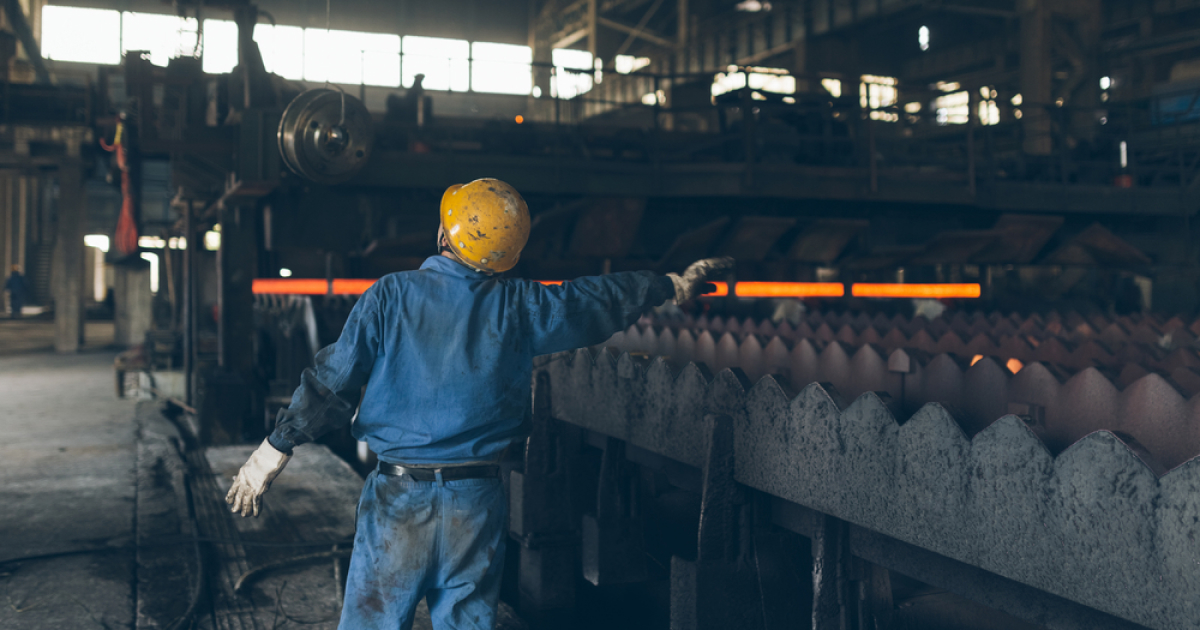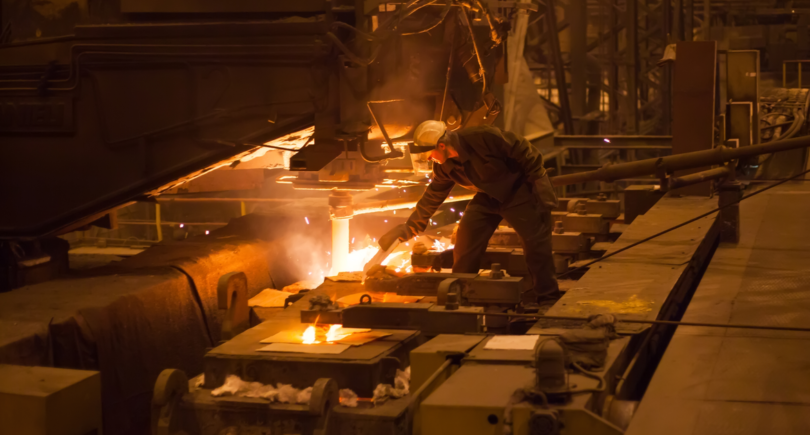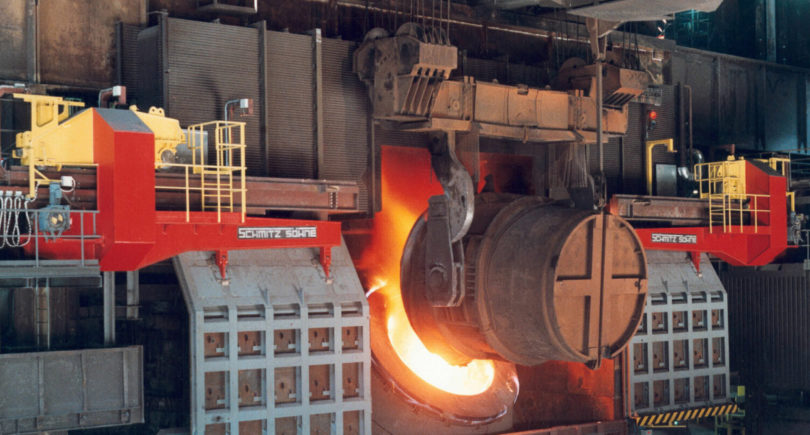
News Global Market China 179 24 June 2025
At the same time, the trend in imports remains negative
In January-May 2025, China exported 4.71 million tons of semi-finished steel products, which is 4.1 times more than in the same period last year. In May alone, the figure rose by 75% compared to April and 4.4 times year-on-year – to 4.71 million tons, the highest level since 2007. This was reported by SteelOrbis with reference to data from the Chinese Customs Service.
At the same time, imports of semi-finished products fell by 67.4% year-on-year over five months to 361,100 tons, and in May by 46.9% month-on-month and 69.4% year-on-year to 30,900 tons. This imbalance between exports and imports increasingly reflects a global structural problem and the weakness of China’s domestic market. Cheap carbon-intensive Chinese semi-finished products are displacing other manufacturers’ products and threatening efforts to reduce CO2 emissions in the steel industry.
The demand for Chinese semi-finished products abroad is primarily due to their low price, which makes them attractive for further processing into finished steel in countries that do not have sufficient production capacity of their own. However, in most cases, these are products manufactured using carbon-intensive blast furnace technologies, which have a high carbon footprint.
Countries that import such products often simultaneously declare reductions in greenhouse gas emissions and invest in the decarbonization of metallurgy. This practice effectively negates these efforts. The carbon burden is shifted from finished steel to semi-finished products, which are not always covered by carbon tariffs or other control mechanisms.
This practice upsets the ecological balance and distorts global competition. Markets that adhere to a “green” course are losing ground, while cheap, high-carbon products from China continue to expand their presence in international supply chains. In the long term, this jeopardizes the effectiveness of climate efforts in the metallurgical industry at the global level.
As GMK Center reported earlier, despite global trade barriers, steel exports from China remain at a high level. In January-May of this year, the country’s steelmakers exported 48.47 million tons of steel, which is 8.9% more than last year. This is a record figure. Steel production for the period decreased by 1.7% year-on-year, to 431.63 million tons.



